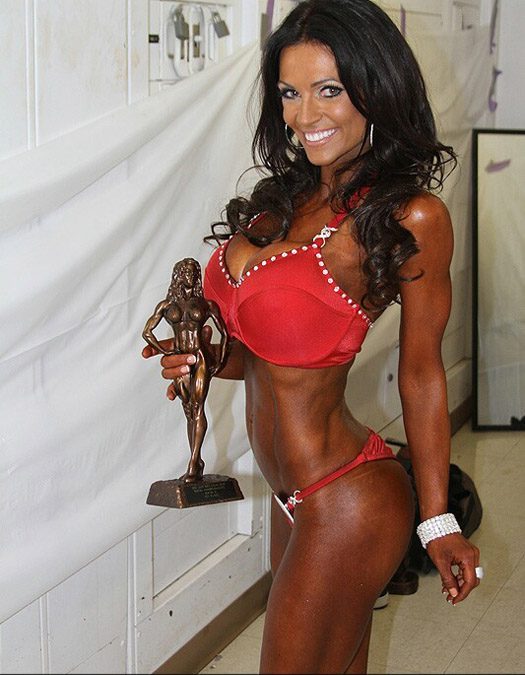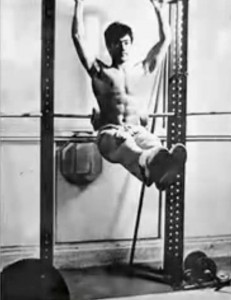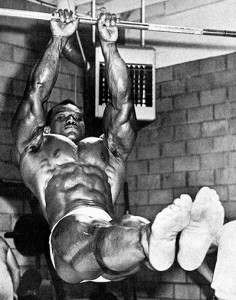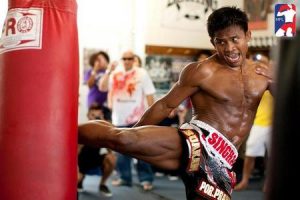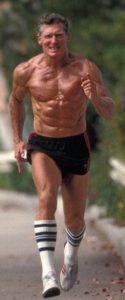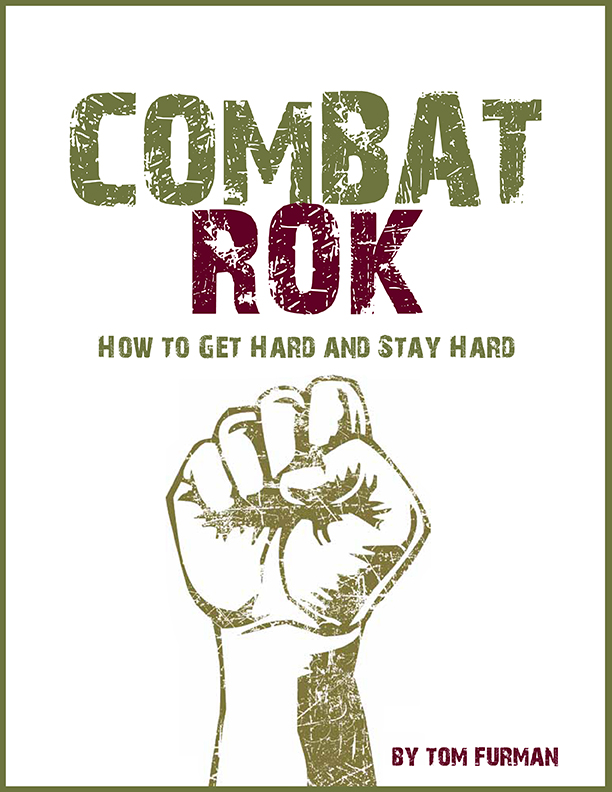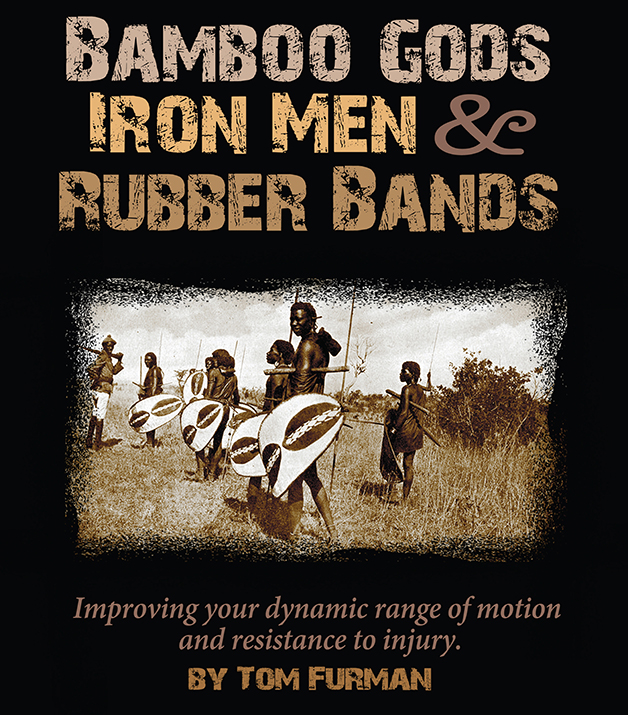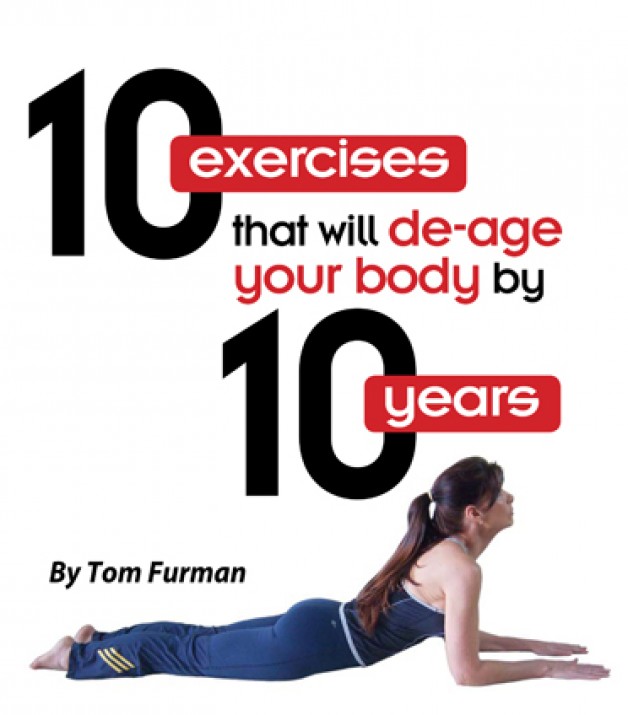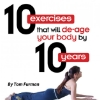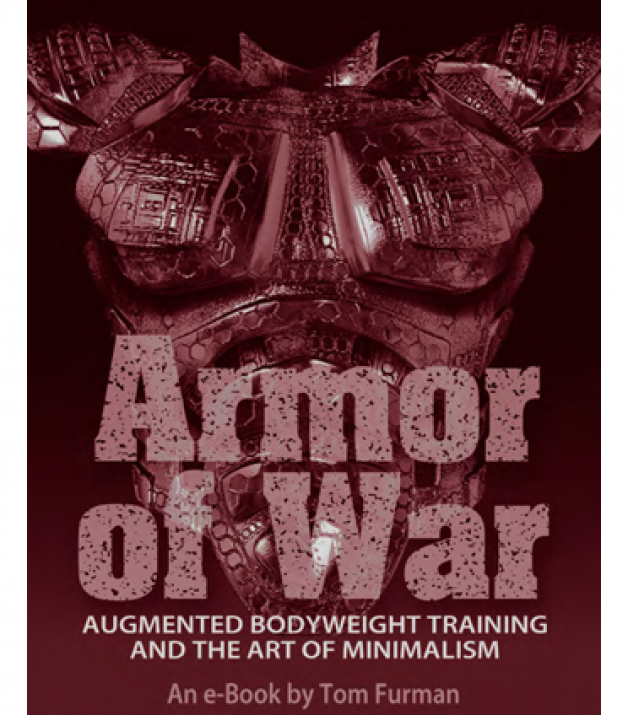While there are an infinite number of motions that the human body can attempt, the gross, common or main movements can be summed up in just a few. Dan John likes to summarize them this way.
- Upper Body Pull
- Upper Body Push
- Squat
- Hinge
- Weighted Carry
My preference is to call the last one, “bracing”. That way you can walk with a weight, crawl with a weight or climb with a weight and your body has to stiffen to accommodate the load and maintain body stability. That is true, “core” conditioning, a term I loathe, but will use in this context.
I do believe we are missing one major movement in this list. It’s “FOLDING”. Basically flexing the torso towards the legs or the legs towards the torso. We do practice doing, “leg raises”, tucks, etc.. but they are usually done in as an after thought to get good abdominals or simply because some magical entity put that move in the WORKOUT OF THE DAY so you can function across broad domains, yadda yadda.
We can refer to antiquity, …. notice how I slice a logical fallacy in there,… by looking at legends of the past. Here is martial arts icon, Bruce Lee, training in the 1960’s. He’s doing a leg raise as part of his abdominal or “Anterior Chain” conditioning.
Here is another with the Cuban Myth, bodybuilder, Sergio Oliva at the old Gold’s Gym, also in the 1960’s.
In some sports, there is, believe it or not, very little squatting and certainly no chains, bands, Safety Squat Bars or Box Squats. In Thai boxing there is rope skipping, running and FOLDING. Thousand and thousands of intense repetitions from a variety of angles. This is achieved by kneeing pads, kicking pads, kicking bags and some bodyweight drills for the legs. There will be exceptions in modern camps with some weight work, but the bulk of leg development comes from the driving into the opponent [posterior chain] and folding the body [anterior chain]. Thai legend, Buakaw with over 300 fights since age 8 has no shortage of thigh development or athleticism.
The idea is not to drop all squats or deadlifts, but to be vitally aware that you may be missing half of the game by not training the front side of the body in this manner. It’s not about good or bad, black or white. That is adolescent thinking at best, it’s just another tool to use for improving your performance and fitness.
However if squatting is no longer of interest due to disc/spinal issues, don’t despair,. Focusing on alternative tools can still provide good results. I’ve mentioned actor/producer/stuntman, Brad Harris here before. After training heavy in his youth, he felt that squatting after 12 or more hours doing stunts on a movie set in a remote location was not the wisest action. He started to substitute explosive athletic activity, like stair running, on a regular basis to develop his legs. He also developed a pair of slings for his arms to enhance traction on his spine and further isolate the abdominals and hip flexors. He called that device the Ab-Original as seen below. [You can purchase one at http://www.aborigionals.com/ ]
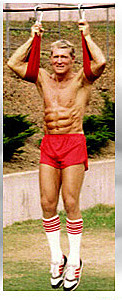 By the way, Brad is now over 80 and still trains, DAILY. His lower body routine is thus.
By the way, Brad is now over 80 and still trains, DAILY. His lower body routine is thus.
- Day 1 – Sprint the Stairs or Bike Sprints.
- Day 2 – Ab Originals 4 sets of 40 reps. [variety of moves].
You can hardly argue with his success of over 60 films and 60 years of training. Below is a photo from a few years ago.
One caveat about training the anterior chain is to statically stretch it afterwards. While stretching is controversial currently, we spend much of our time in the flexed position in front of computers, phones and steering wheels. A bit of prevention goes a long ways towards balance and better living. Holding the McKenzie Stretch, by propping on elbows with shoulders packed and not collapse for THREE minutes is one of the best things you can do. 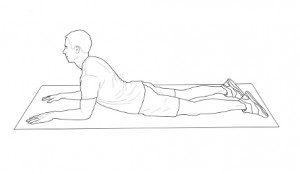
I featured an image of figure model, Denise Milani, at the beginning of this post. While her image grabs attention, there is a point to be made. She’s not only attractive, but fit. Her waist is a miniscule 19 inches when she’s very lean. That part is largely genetic. If you want to change your genetics, you can’t hack them. You need to choose your parents more carefully. However her waist is flat and very muscular. That part is training. You have control over that and neglecting “Folding” or anterior chain work can be the missing link. So whatever you do, “Please Fold”.

